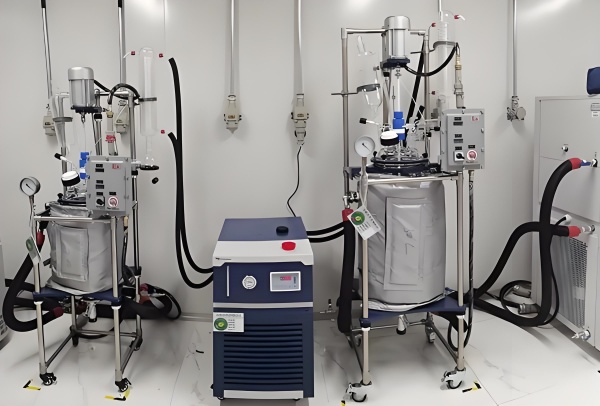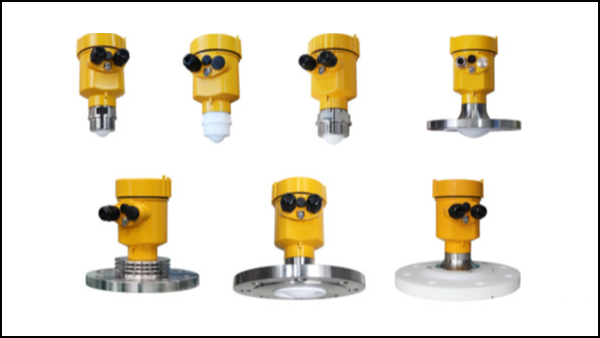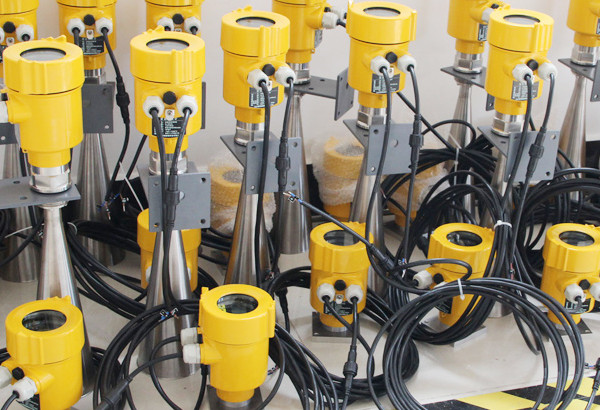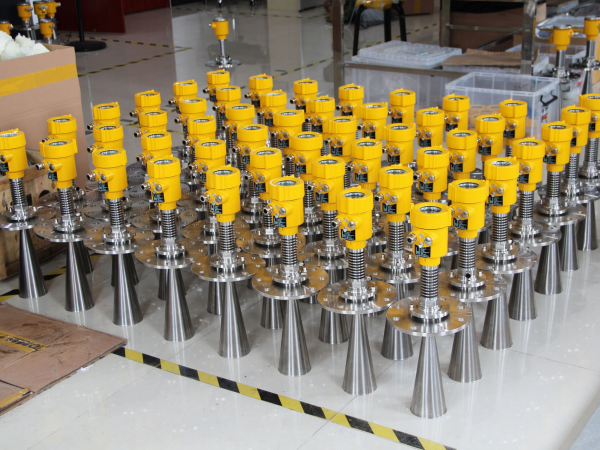Biopharmaceutical reactors play a vital role in pharmaceutical manufacturing, presenting unique challenges for liquid level measurement. This document explores the suitability of radar level gauges to meet these demands by analyzing their principles, advantages, and potential limitations in this specialized field.
Introduction to Radar Level Gauges
A radar level gauge is a non-contact measurement tool that transmits microwave signals towards the target and measures the reflected signal to determine the level of liquids or solids. Known for high precision, reliability, and adaptability, radar technology is widely used in various industrial environments. However, its performance in biopharmaceutical reactors deserves further exploration due to the complexities involved in these processes.

Challenges in Measuring Liquid Levels in Biopharmaceutical Reactors
Biopharmaceutical reactors operate under extreme and dynamic conditions, including:
- High temperature and pressure environments
- Complex biochemical reactions involving various substances
- Diverse media properties, including foaming liquids or viscous mixtures
These factors make it challenging for traditional measurement tools to maintain accuracy and reliability. Thus, an advanced solution like a radar level gauge offers potential benefits for addressing these challenges.
Advantages of Radar Level Gauges in Pharmaceutical Applications
1. Non-Contact Measurement Reduces Contamination
- As radar gauges do not require physical contact with the substance, they avoid contamination risks and corrosion issues—key requirements in sterile pharmaceutical environments.
2. High Precision and Stability
- Radar level gauges provide millimeter-level accuracy, maintaining stable performance despite variations in temperature, pressure, or chemical composition within the reactor.
3. Long-Term Reliability
- The technology ensures long-term monitoring without frequent recalibration or maintenance, making it ideal for continuous pharmaceutical processes.

Potential Limitations and Solutions
While radar level gauges provide many benefits, they come with specific requirements and limitations:
1. Surface Smoothness Requirement
- The interior surface of the reactor needs to be smooth to minimize microwave scattering, ensuring precise measurements.
2. Performance with Special Media
- Foaming substances or highly viscous liquids may interfere with measurement accuracy. To address this, selecting appropriate radar models and optimizing installation are crucial.
Specialized Radar Products for Pharmaceutical Reactors
Manufacturers have developed tailored radar level gauges to meet the specific needs of pharmaceutical reactors:
- Corrosion-Resistant and High-Temperature Materials: Ensures durability in aggressive chemical environments.
- Self-Cleaning Capabilities: Prevents build-up of residues on sensors, maintaining measurement accuracy.
- Enhanced Signal Processing Algorithms: Improves measurement reliability in challenging media like foams or thick solutions.

Installation and Calibration Considerations
Proper installation and calibration are critical for accurate measurement. Key steps include:
- Reliable Mounting: Ensuring firm and stable attachment between the radar gauge and the reactor.
- Compliance with Installation Standards: Following industry guidelines for optimal setup.
- Calibration for Site Conditions: Fine-tuning parameters based on real-world operating conditions to enhance accuracy.

Conclusion
Radar level gauges, with their non-contact nature, high precision, and stability, provide an effective solution for measuring liquid levels in biopharmaceutical reactors. When properly installed and maintained, they can meet the stringent requirements of the pharmaceutical industry. With specialized models now available, the technology shows significant promise for future applications, offering both reliability and precision under complex operating conditions.
